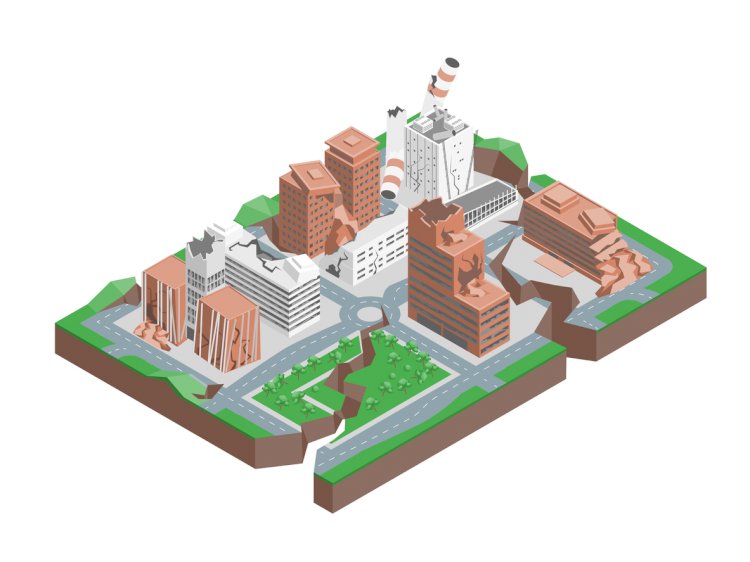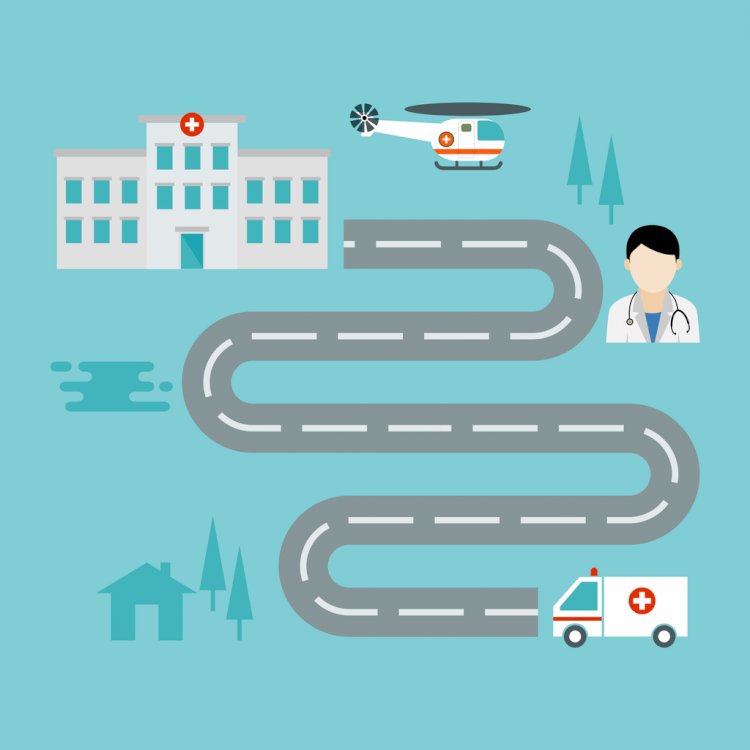6 Ways Smart City Tech Can Be a Lifesaver in an Emergency
Emergencies happen, and in a city they can be catastrophic. Injuries, damage, and unsafe conditions can cause widespread panic and even worse conditions if residents cannot get the information they need in a timely manner.

Emergencies happen, and in a city they can be catastrophic.
Injuries, damage, and unsafe conditions can cause widespread panic and even worse conditions if residents cannot get the information they need in a timely manner.
Using smart city technology can help city leaders better manage and respond to emergencies of all kinds, keeping residents informed and provide crucial services where they’re most needed. Here are 6 ways smart city technology can be a lifesaver in an emergency:
Direct Services to the Fastest Route

In an emergency, whether large- or small-scale, getting emergency services to the places that need it most is crucial. Every second that paramedics, police, and firefighters are delayed is a precious second that could be spent tending to the wounded, rescuing people who need help, or evaluating the situation.
Smart city technology utilizes sensors throughout the city to monitor traffic patterns and control stop lights.
In the event of an emergency, traffic flow can be monitored in the area between where EMS workers are and where they need to be to respond to an emergency. The fastest route can be planned out for them or, if necessary, other traffic can be rerouted to allow safe, swift passage.
Send Alerts & Warnings to Residents
Keeping the public informed in an emergency, especially one where conditions may pose a hazard to people, can be challenging for municipalities.
Relying on social media and news outlets to disseminate information means you run the risk that a wide swath of citizens will not receive the updates. Things such as lack of access to wifi, not knowing where to look, and not having time to check multiple information sources can mean portions of the city don’t receive important, potentially lifesaving information.
Using smart city technology, city leaders can connect to phones and other mobile devices across the city to make important announcements.
These announcements can include weather alerts, traffic notifications, or any other information that’s important to keeping residents safe and informed. Sending this information to phones and devices automatically covers a much wider percentage of a city, increasing chances that more people will see it and have time to act.
Monitor Status of Utilities

Some emergencies involve changes to the quality of or access to utilities.
In a major storm, for example, electricity may be cut and water quality could be problematic. These changes can be a major source of stress for individual citizens, and monitoring and repairing access can be dangerous for city workers.
With smart city technology that monitors the strength and health of city utilities during regular operations, changes and fluctuations can easily be detected in an emergency. If the power goes down in a certain area of the city, city leaders and utility workers are notified immediately and can begin working on a plan to safely and quickly restore power.
In the event of a long-term disruption to utility services, city leaders can provide citizens with regular updates and reports, keeping people informed.
Additionally, utilizing sensors and other smart city technology for utilities, these services can be monitored from afar in the event that it’s too dangerous for people to get to portions of the city. Workers and leaders can log into the smart city service from anywhere in the world they can access the internet, allowing work to continue even under dire circumstances.
Monitor Available Health Services
Knowing how many hospital beds are available, as well as the distribution and availability of other medical resources, is important information in a crisis.
Should there be a situation where large numbers of people need even minor medical care after an emergency, knowing what hospitals and facilities have the most available resources allows emergency services to transport people to the places they’ll have the most access to care. People also can be taken to multiple facilities to prevent overburdening any one hospital.
This monitoring gives the city the best chances to capably respond to emergencies, large and small, and provide the optimal level of care for anyone affected.
Coordinate & Connect City Leaders

Emergencies require frequent open communication between city leaders, city workers, and residents. This can prove problematic if the emergency interrupts telephones, or prevents easy movement around the city.
Smart city platforms such as Tomo can be cloud-based, allowing users to access the platform from anywhere the internet is available. If an emergency requires people to evacuate their homes, they still can maintain communication and coordination to manage the city’s emergency response. Additionally, having all the data and information in one place allows everyone to quickly access the information they need to make decisions, communicate with citizens, and keep people safe.
Monitor & Evaluate Affected Areas
Some emergencies create unsafe conditions in certain areas of a city, including flooding, fires, and earthquakes. These create dangerous conditions for city workers who need to evaluate damage, rescue anyone who may be stranded, and begin repairs.
Rather than sending people into these affected areas which could cause workers to get injured, smart city sensors and cameras can be used to survey the area to determine damage.
Information such as water levels, damage to roads, whether there are any damaged power or gas lines, and a whole host of other data can be collected using the smart city technology without putting people at risk.
Connected Smart City Technology
Smart cities need to be flexible to meet the needs of the people who live in them. With Tomo, you get a cloud-based smart city platform that’s adaptable to handle the unique challenges your city faces. Learn more about Tomo's people-first approach to ICT!

 contact@atassist.com
contact@atassist.com 





